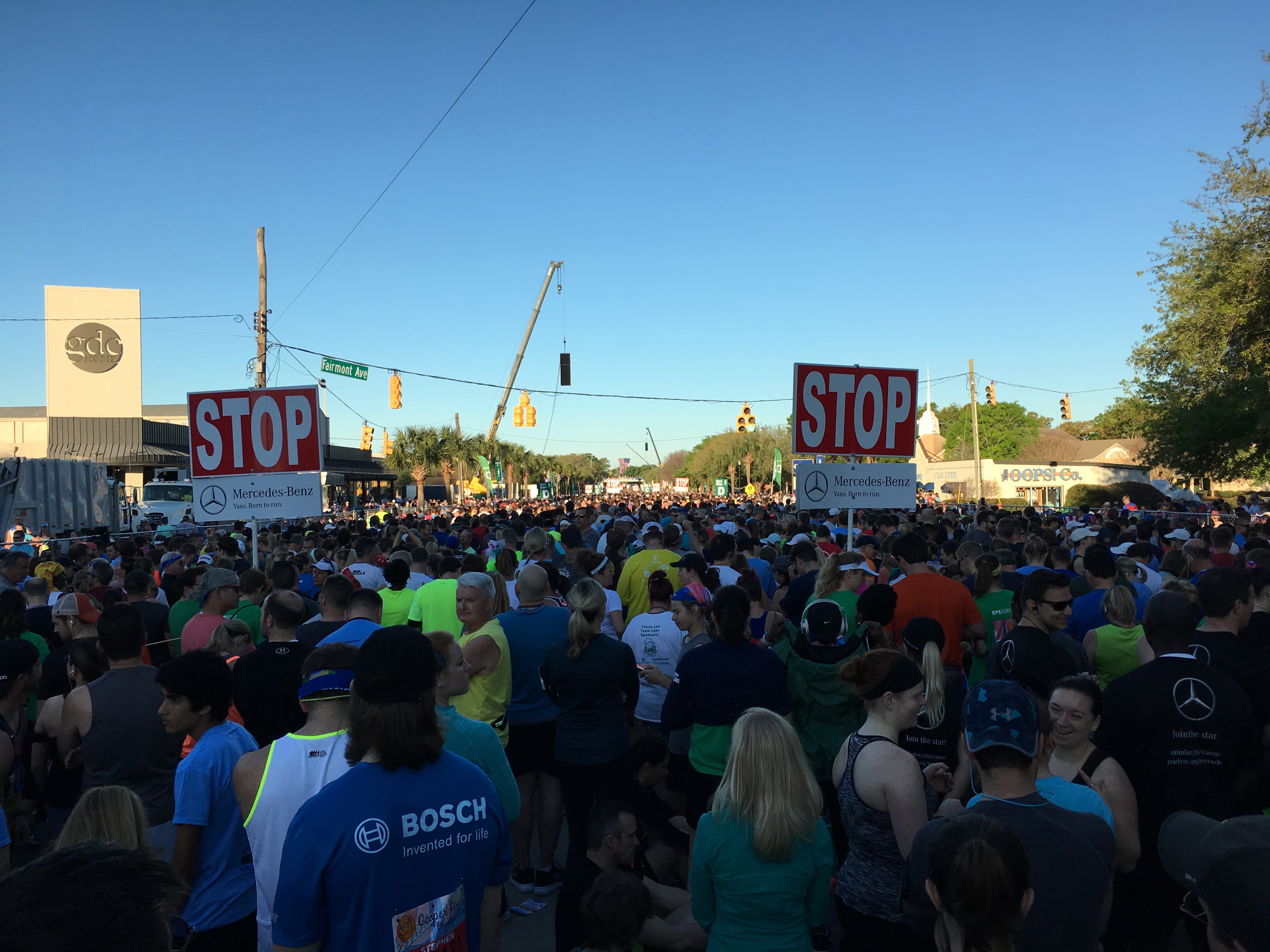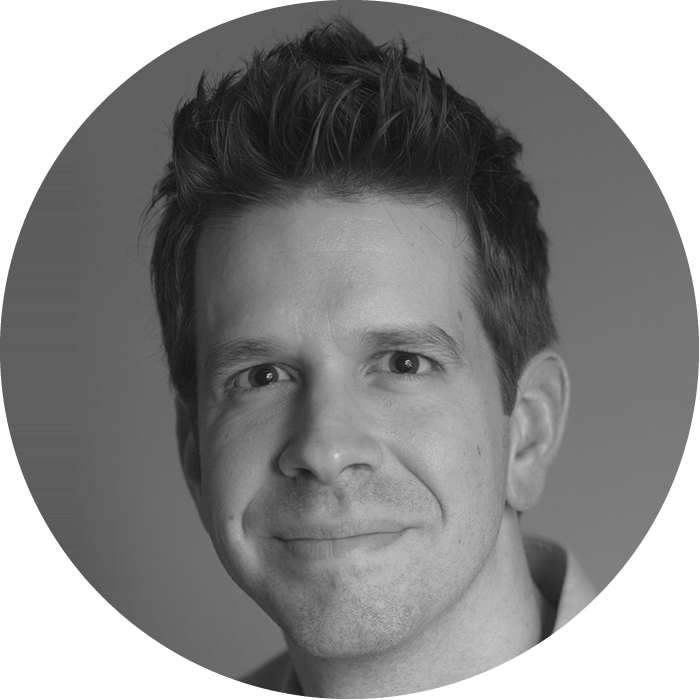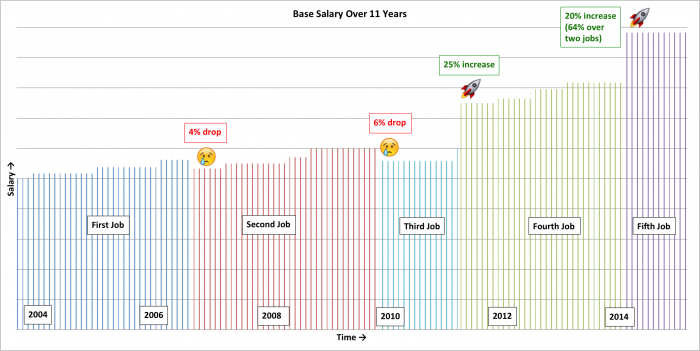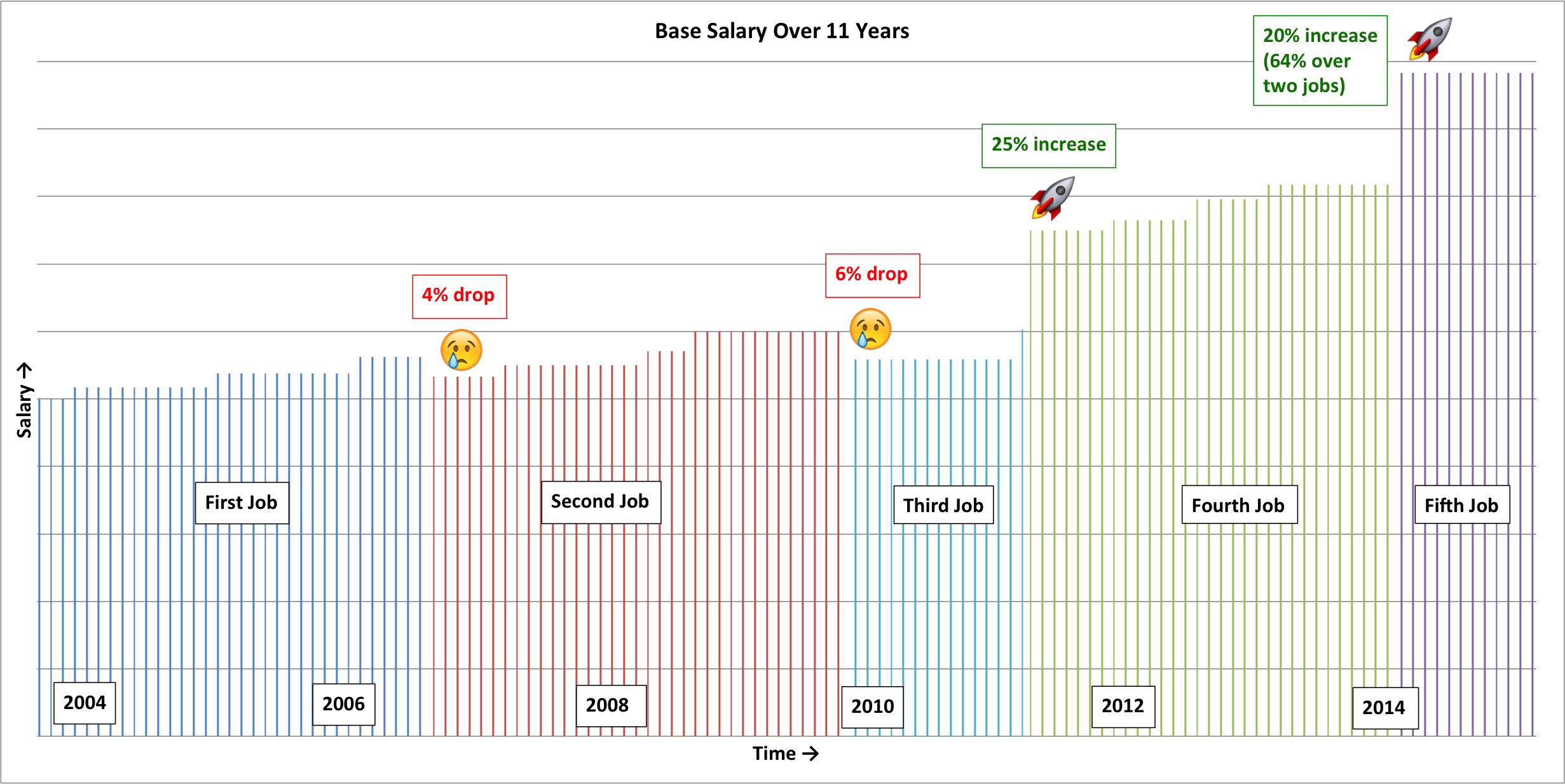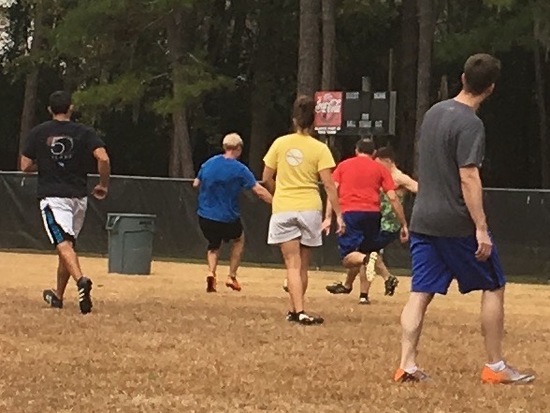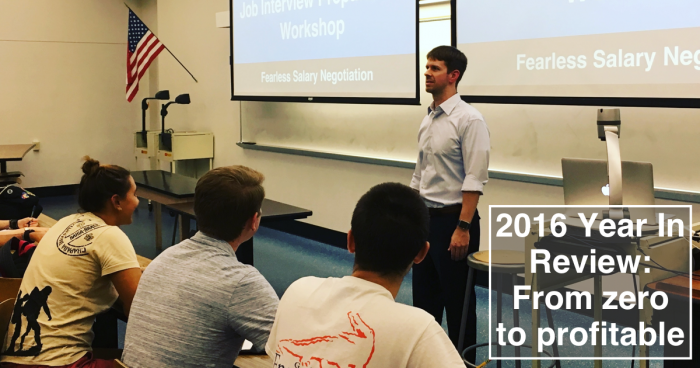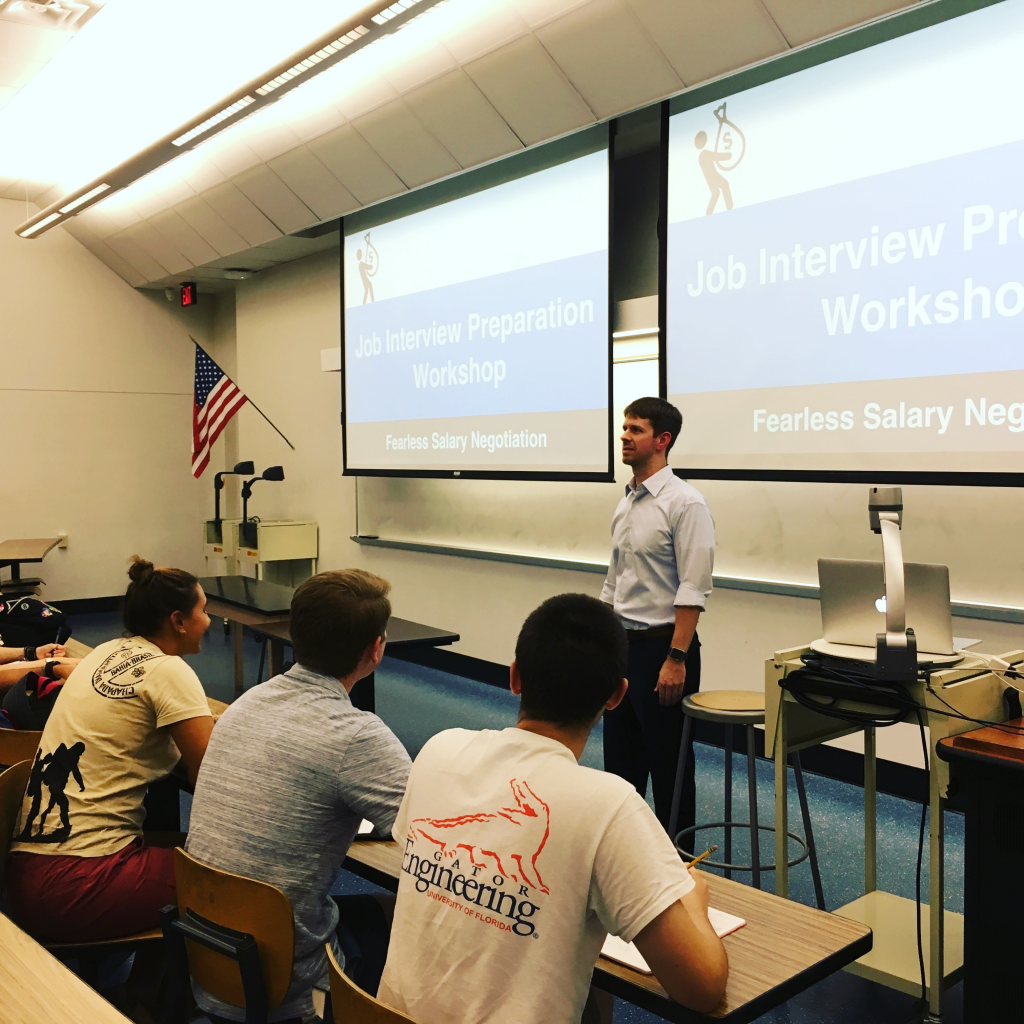
“So how are things with the book?”
The context for this question from my Dad? I’d been up and down all week about bootstrapping my business. So I told him the plan and told him about the opportunities coming up (both detailed at the end of the article). “So I should have a much better idea of the potential here within the next month.”
Dad listened, got the gist, then class was in session.
He and my Stepmom run a business cleaning houses. How much could I learn about bootstrapping an online info-product business from someone who cleans houses every day?
Quite a bit, it turns out! I had no idea how sophisticated their business was until Dad explained it to me.
Their overall business model
Let me describe their business in a little more jargon-y way:
- Business model: recurring work They run a productized service business with a recurring revenue model consisting of several pricing tiers. The most common is monthly recurring, but they also have bi-weekly and weekly recurring accounts.
- Business model: one-time work They also have a one-time consultation and delivery model for one-off projects. They ramp these up and down seasonally depending on how the recurring part of the business is going. They acquire these one-time engagements from other business owners who are always anxious to engage whenever possible (because their work is superior).
- Marketing and Customer Acquisition Their customer acquisition model is simple: They only work with word-of-mouth referrals from existing customers. They do not offer a free trial.
- Ad spend They do not advertise. They did advertise in the beginning of their business, but it’s been 15+ years since then
- Customer Onboarding Their onboarding process is a three-phase approach based on the highest priorities identified during a new-client consultation. They set a price for the first three engagements, identify the most pressing needs for the customer and address those needs in descending order during those first three engagements. At the end of the third engagement, they do a post-mortem on the first three sessions, determine whether they want to continue working with the client, and quote the client their custom recurring price if they want to keep working with that client.
- Customer retention Once they acquire a client, their churn is extremely low, and they fire clients about as often as the client ends the relationship.
- Margins and sustainability When they began the business, they scaled it up quickly, hiring employees to provide the service (essentially an agency model), but they decided the margins were too small and carried too much risk (payroll and legal). They scaled back to just the two of them. That was 25 years ago.
- Revenue They support their family (my Dad, Stepmom, and three siblings) with their business, and are able to ramp work up and down depending on one-off financial needs (new water heater).
To repeat: This is a residential cleaning service. They clean houses every day.
Lessons learned from Dad and Stepmom’s early days bootstrapping an offline business
Here are the things I learned or remembered during our chat. We mostly focused on the early stages when they were starting the business and trying to find the right model. We didn’t talk as much about the steady-state (last 15+ years).
It’s a grind
Bootstrapping a business is hard, and no two businesses are alike. That means it’s going to take a long time to figure out what the offering is, what the price should be, how to find customers, how to retain them, and how to onboard them.
Lesson: Give it time. However much time you think it will take multiplied by 10 is a good starting point.
How they optimize for customer quantity and quality while minimizing fixed costs and the impact of churn
They went through several pricing models before they found the one that worked for them.
Their first onboarding process was to charge a high fee for the initial consultation and cleaning, do a complete top-to-bottom cleaning to get the house into a clean state, then clean it monthly for a lower fee.
That model seems solid, but the problem is the initial cost was too much for many clients and they just weren’t willing to take that kind of risk without knowing what sort of quality to expect. So that’s why they switched to the “first three engagements” model. They could take a guess at a good fee, handle the client’s most important needs first, get a feel for the relationship and then hit reset after the introduction period to set the long-term price or disengage.
This is ingenious. They get more clients this way, and they don’t have to work extra hard to get them onboarded. Yet they’re addressing the client’s most urgent needs first, demonstrating early value and making the client extra happy. The cost of acquisition is lower and the initial cost for the client to engage is lower. Everyone wins.
Lesson: Their onboarding is designed to address the biggest pain points first while allowing them to learn more about the client’s needs before taking them on and setting a recurring price.
They settled on a monthly recurring model because it’s better for their customers and for their business. They initially wanted weekly recurring revenue, but most people don’t need their house cleaned weekly and that carried more risk for any given client. Since people’s houses don’t get as dirty in a week as they do in a month, they couldn’t charge as much for each weekly engagement. They didn’t have to work as hard for each engagement, but remember they’re selling time, not effort. The more they make per unit of time, the better off they are. (There are also a lot of fixed costs like travel time and gas with each engagement, which means they need to get as much money per engagement as possible.)
Looking at numbers is helpful here because it shows how clever their shift was, and how counterintuitive it must’ve been.
By doing weekly cleanings where the work they do is limited by the hours they have available, they can have only about a quarter as many customers at any given time as if they did monthly cleanings. And they can charge less money per engagement (because the house isn’t as dirty).
These numbers are made up because I don’t know what they charge.
Let’s say they have 20 customers and they clean them all weekly. For simplicity, they charge $100 per cleaning per week. This means their max possible weekly revenue is $2,000, and we’ll call max possible monthly revenue $8,000.
If they go to a monthly recurring model, a few interesting things happen. First, they can’t have as many customers because each cleaning takes a little longer. Let’s say each cleaning takes 25% more time/effort since the houses are dirtier. That means they can only do 15 engagements per week, or 60 engagements per month.
But they can also charge more for each engagement because the houses need more done—they’re dirtier. Instead of $100 per engagement, let’s say they can charge $150. So now their weekly revenue goes up from $2,000 to $2,250 and their monthly revenue goes up to $9,000. Sweet!
This is better for clients, too. Using the weekly model, a client would pay $400 for their house to be clean for a month. With the monthly model, they’re paying only $150 for a month of clean house. Yes, the house gets gradually dirtier for that month, but that “slightly dirtier on average” state is more than compensated for by paying less than half the monthly costs.
It also turned out that these customers were higher-quality customers. “We initially offered a special of like $40 for a cleaning just to get their business. But those customers didn’t respect us or our work.” Those low-price, introductory customers required more work and were more difficult to satisfy. When they raised their prices, they got better customers.
Lesson: The best model for them was a monthly recurring services model with more customers as opposed to fewer customers on a weekly recurring schedule. This helped them reduce risk, work with higher-quality customers, and bring in more revenue.
Quick aside about price sensitivity and customer quality
I’m adding my two cents here, but I think this is important. Their business is cleaning houses. More precisely, Gary Vaynerchuck would say their business is offering time arbitrage for busy people who have a high opportunity cost for their time. The more someone values their time, the more they’re happy to pay to use that time doing something else.
By charging more for this service, they were selecting customers who valued the service more. This means fewer customers who all put a greater value on the service.
From a different perspective: If you were offering to sell an hour of your time, would you rather sell it to a person who values their own time at $40 an hour or a person who values their time at $100 an hour? I would rather sell to the person who values their time at $100 an hour because I can charge a lot more that way.
Same unit of time, more money.
End aside
But wait, there’s more! With monthly customers at a higher price, their margins also go up quite a bit because those fixed costs—travel time and gas—are only incurred 15 times instead of 20 per week. They get more revenue, less travel time, less gas used.
Another benefit of having more customers: If they lose one customer, they lose less of their overall business. If they have 20 weekly customers and they lose one customer, that’s 5% of their business. But if they have 60 customers, each on a monthly contract, one customer is less than 2% of their business.
Lesson: Charging higher prices for monthly engagements improves their margins and reduces customer attrition risk.
Advertising
They tried several different advertising tactics when they were getting the business off the ground. Now, they don’t advertise at all, but they had to advertise to get started.
Flyering
When I was nine or 10, I vividly remember flyering for the business in parking lots. They would get a box of flyers printed and cut, then we would all drive to a parking lot—usually in a strip mall or grocery store parking lot—and put a flyer under the driver’s side windshield wiper of every car in the lot.
Turns out this wasn’t very effective, so they stopped doing it after a while. The quantity and quality of customers they acquired weren’t great.
Yellow pages
So they tried a different channel: The Yellow Pages. From what I gather, this was the biggest investment they made by far, and it was a big risk for them. They had to sign a year-long contract with the phonebook, and the monthly cost was a substantial portion of their revenue at the time. “We really couldn’t afford it. But we thought it would bring in more customers, so we took a risk.”
That risk paid huge dividends and the phone rang off the hook all year. They found a channel that worked, and they got more work than they could handle. That allowed them to start going all-in on their pricing strategy, raising prices and selecting for better customers.
By the end of that year, they had mostly moved to the monthly model, they got rid of the low-cost introductory cleanings, and they started accepting new customers by word of mouth only. That was more than 15 years ago, and they haven’t advertised since.
Lesson: Test, test, test advertising and marketing channels. If one isn’t working, try another. If one is working, hunker down there for a while.
Logistics: optimizing the schedule
Another benefit of having more customers is it simplified the most challenging logistical problem they had: how to get to everyone. They live in Jacksonville, FL, which is the largest city by land-area in the country. “Largest city by land-area” is a nice bit of trivia, but it’s a huge pain when your job is to drive to houses all over the city.
Let’s go back to our earlier example. If they had only 20 customers, arranging them in a way to minimize travel time between jobs was very challenging. There are far more than 20 “areas of town” in Jacksonville, so they could spend most of their day driving from job to job. Clumping jobs by geography only worked if they got lucky. Maybe three or four customers in one area of town would be available on Tuesdays, but probably not.
But if they had 60 customers that were cleaned once a month, the chances were substantially higher that a trip to one area of town would put them near multiple customers. And since those customers only needed to be cleaned once a month, they could use many more days as slots for chunks of customers. For four customers in one area of town, maybe the first Tuesday of the month wouldn’t work, but the second Wednesday or the third Thursday might work just fine. It was much easier to clump customers geographically, saving lots of driving time and gas.
Lesson: Fixed costs—gas and time—were their greatest business expenses, and the business model that worked for them also happened to minimize those expenses—not a coincidence.
How this applies to my bootstrapped digital info-product business
This is all very interesting on its own (to me, anyway), but the whole conversation was in the context of me working to build a business around Fearless Salary Negotiation. Dad also happens to be an author, so he understands what it’s like to build a business and what it’s like to write and sell books.
So what were my takeaways from my chat with Dad?
It’s going to take a while
One trend I’ve noticed is that bootstrappers tend to artificially shrink their window of opportunity. They have an idea, start tinkering with it, then start a six-month shot clock to decide whether it’s going to work or not.
Why that’s happening is beyond the scope of this post, but it’s definitely happening. Building a business from scratch just takes time. You can’t rush it.
So, I need to be patient. It’s been about 18 months since I quit my day job to publish my book and video courses, and I have only recently moved from “creating products and building a product ladder” to “building a business to sell those products”. I often feel like I’m moving too slow or failing, but that’s just silly.
More specifically, I often look at what my income was at my day job and see how far I am from that right now. Then it feels like I’m wasting my time. I did five and a half years of undergraduate studies, worked about 10 years in an industry, and spent almost two and a half years getting my MBA.
What would it say about the value of my day job if it were easy to replace all of that income with a brand new business in just a few months?
Get customers, then raise prices
A very common, very useful mantra in my neck of the woods is: Charge more!
This is good advice, but I don’t think it applies to initial pricing. I’ve experimented with pricing quite a bit, and what I’ve found is that it’s best to start with a low-ish, reasonable price, get some sales, then slowly increase price and see what happens to sales.
The reason this works is that it allows me to control for one thing at a time. In general, people are more inclined to buy things at lower prices, so if I offer something at a low-ish price and nobody buys it, then the thing itself could be the issue. I can tinker with the thing—the product itself, the marketing, etc.—to see if people start buying it. And once they start buying it, I can tinker with price to see how they respond.
If I start at a high price and nobody buys, it’s hard to know if the product itself is no good, or if my price is just too high.
The failure mode of starting with a too-low price is being inundated with lots and lots of sales and possibly having left money on the table for those initial sales.
The failure mode of starting with a too-high price is having zero sales and struggling to explain why nobody bought.
When you’re just getting started, every penny of revenue is precious, so I think it’s best to err on the side of too-low pricing.
Keep trying marketing and advertising channels until I find one that works
When I first started building this business, I would cast a wide net and monkey with lots of marketing channels at one time. That kind of worked, but it also left my time spread so thin that I did most of them poorly and never got much traction.
Now, I tend to focus on a single marketing channel for some time—anywhere from a week to a couple months—to see how it goes. If it gets traction, I invest more time there. If it doesn’t get traction, I just ignore it and move on to other stuff. I might re-visit a low-traction marketing channel later on, but I’m comfortable backburnering it for quite a while if it’s just not working.
I’ve heard Rob and Mike talk about this on the Startups for the Rest of Us podcast, but I’m not sure I’ve ever really taken it to heart. It’s a lot easier for me to see the wisdom in this approach now that I understand the sort of sunk costs my Dad and Stepmom must’ve abandoned to switch from flyers to the Yellow Pages. (Picture boxes and boxes of unused flyers sitting in a corner collecting dust while they try to find a way to pay that first Yellow Pages bill.)
The best example I have here is Quora. One day, a friend of mine sent me a link to a question he thought I could answer. I realized I could answer it pretty well, so I spent 30-45 minutes writing up a pretty good answer.
Once I figured out how Quora worked, I answered a question every day for a month or two. That one experiment helped me get my first-ever streak of at least one new email subscriber per day. That was a huge milestone for me, and I still get quite a bit of traffic from my Quora answers although I haven’t been active there in several months.
Flyers weren’t working, so my Dad and Stepmom cut their losses and invested in a new channel. That one channel was enough to build a 25-year business that no longer requires advertising of any kind.
“How’s that work?” All of their new business comes from referrals. All of it. How’s that for a flywheel?
Just what I needed
My big takeaway was this isn’t going to be easy. Looking back, I’m glad it hasn’t been easy. I thought I was figuring out how to sell more books, but I was learning how to build a business. The nice thing about that is I can reuse everything I’ve learned next time I start a business.
We had been going for almost 90 minutes when Dad said, “Ok, I gotta run. Midnight to 3 are my peak hours for getting in a groove.” He’s writing his next novel and had to get as much done as possible before work on Monday morning.
My Dad and Stepmom have made a living from their small business for over 25 years. They bought a house, had more kids, and nearly doubled the size of the house with an addition they built themselves on nights and weekends after work. I helped them frame one of the walls. That is a trivial contribution, but shows you what I mean when I say “…an addition they built themselves…” They literally built another house onto the original one. After work. On nights and weekends.
“Ok, but lots of people do side projects on nights and weekends after work.” It’s true—I’ve been doing that for years. But my work was almost exclusively desk work, where I would do things like make trips to the kitchen for water once an hour as a way to get exercise.
Contrast this with their day job: Cleaning houses. You know how beat up you feel after an afternoon of cleaning your house? Imagine cleaning three, four, five houses a day, every day, five or six days a week. For more than 25 years.
Now imagine you head home at 6 o’clock, throw something in the microwave real quick, then go back outside to put down footers, frame walls, add insulation, build a roof on a new addition to your house. You work until you can’t go anymore, drop off to sleep for a few hours, and wake up to go clean houses again.
When they finished the addition, they started creating—writing, drawing—on the same schedule.
So that should give you a pretty good sense where my Dad is coming from in this conversation.
The state of my business when I had this conversation with my Dad
As for me? Well, things were intense. This conversation happened about five months after I quit my day job to publish Fearless Salary Negotiation and take a shot at building a business around it.
By the time I had this chat with my Dad, I had published and launched the book, but not much else. I was mid-way through building the video courses to accompany the book, and it was grueling work. The entire process took about 10 weeks, working seven days a week. Most of the work was extremely tedious.
When I had a day job, that meant a paycheck every two weeks. That paycheck was confirmation that something was working. It’s constant feedback that the previous two weeks had value to someone, and here’s my cut of that value. One thing about turning side projects into full-time work is that it’s easy to feel adrift because I rarely have that kind of feedback.
My situation was particularly challenging because I was in “create” mode, which meant making the things I hoped would bring in money some day. Yes, the book was out there, but the bigger stuff I thought could bring in real income didn’t even exist yet. I had to make it. And making things always takes longer than I expect.
Sometimes, I get some good feedback—a good book launch, for example—but most of the time, I toil away with no feedback at all. Actually, that’s not entirely true. Any time I look at my bank balance, I get feedback: I had less money one day than the previous day; my savings was slowly drying up. That’s the opposite of the feedback I had with that bi-weekly paycheck from my day job.
So when I had this chat with my Dad, I felt lower than I had felt since quitting my job almost five months earlier. I felt really low. I wondered if I was just a fool, spending my savings and setting myself back for no good reason.
That call couldn’t have come at a better time.
Lessons learned from my Dad and Stepmom’s business
- Give it time However much time you think it will take multiplied by 10 is a good starting point.
- Solve the biggest pain points first Their onboarding is designed to address the biggest pain points first while allowing them to learn more about the client’s needs before taking them on and setting a recurring price.
- More customers is probably better than fewer customers The best model for them was a monthly recurring services model with more customers as opposed to fewer customers on a weekly recurring schedule. This helped them reduce risk, work with higher-quality customers, and bring in more revenue.
- Charge more Charging higher prices for monthly engagements improves their margins and reduces customer attrition risk.
- Try lots of marketing channels to see what works for your business Test, test, test advertising and marketing channels. If one isn’t working, try another. If one is working, hunker down there for a while.
- Minimize fixed costs early, and you’ll be profitable sooner Fixed costs—gas and time—were their greatest business expenses, and the business model that worked for them also happened to minimize those expenses—not a coincidence.


